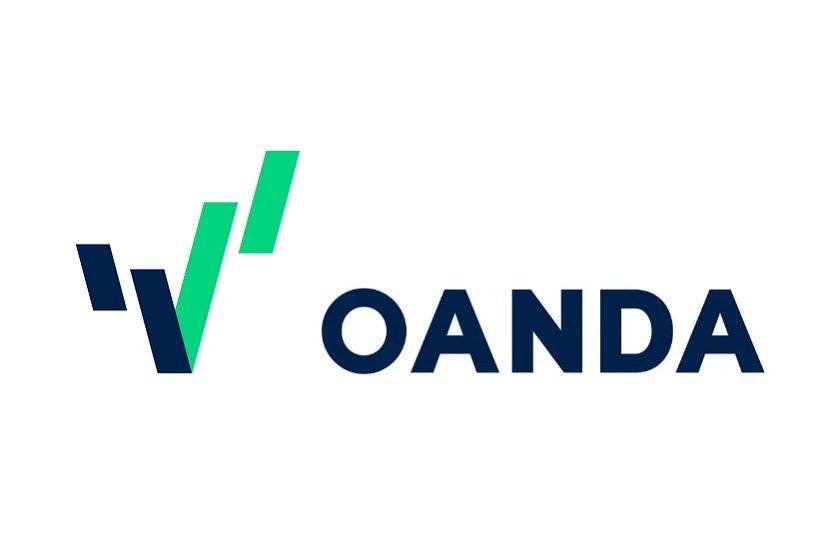Courtiers les mieux notés
-
Retrait d'argent instantané 24h/24 et 7j/7
-
Comptes de trading spécialisés
- Frais de retrait$0
- Frais de dépôt$0
- Effet de levier maximal1:3000
-
Comptes de trading spécialisés
-
Retrait d'argent instantané 24h/24 et 7j/7
- Frais de retrait$0
- Frais de dépôt$0
- Effet de levier maximal1:50
-
Exécution exceptionnelle
-
Clients américains
-
Scalping
- Frais de retraitN/A
- Frais de dépôtN/A
- Effet de levier maximal1:50
-
10+
années d'activité À propos de nous
-
5
rédacteurs expérimentés À propos de nous
-
1500
articles utiles Lire le blog
-
150
courtiers examinés Voir les commentaires
Voici nos meilleurs choix pour les meilleurs courtiers FOREX, pour voir la liste complète, cliquez ci-dessous
Tous les courtiers ForexVoici nos meilleurs choix pour les meilleurs courtiers Forex réglementés. Pour voir la liste complète, cliquez ci-dessous.
Tous les courtiers réglementésVoici nos meilleurs choix pour les meilleurs courtiers en OR, pour voir la liste complète, cliquez ci-dessous
Tous les courtiers en orDepuis 2014, nous améliorons constamment notre portail en ajoutant de nouvelles sections utiles à nos visiteurs ! Tout cela est fait avec un seul objectif : vous fournir les informations les plus complètes, les plus précises et les plus pertinentes sur les sociétés du Forex !
-
 Stelian Olar
Stelian Olar -
 Ignatius Bose
Ignatius Bose -
 Francisco José Santos
Francisco José Santos -
 Yevhen Abramovych
Yevhen Abramovych
-
30k
visiteurs mensuels À propos de nous
-
10+
années d'activité À propos de nous
-
1500
articles utiles Voir notre blog
-
5
rédacteurs expérimentés Rencontrez notre équipe





